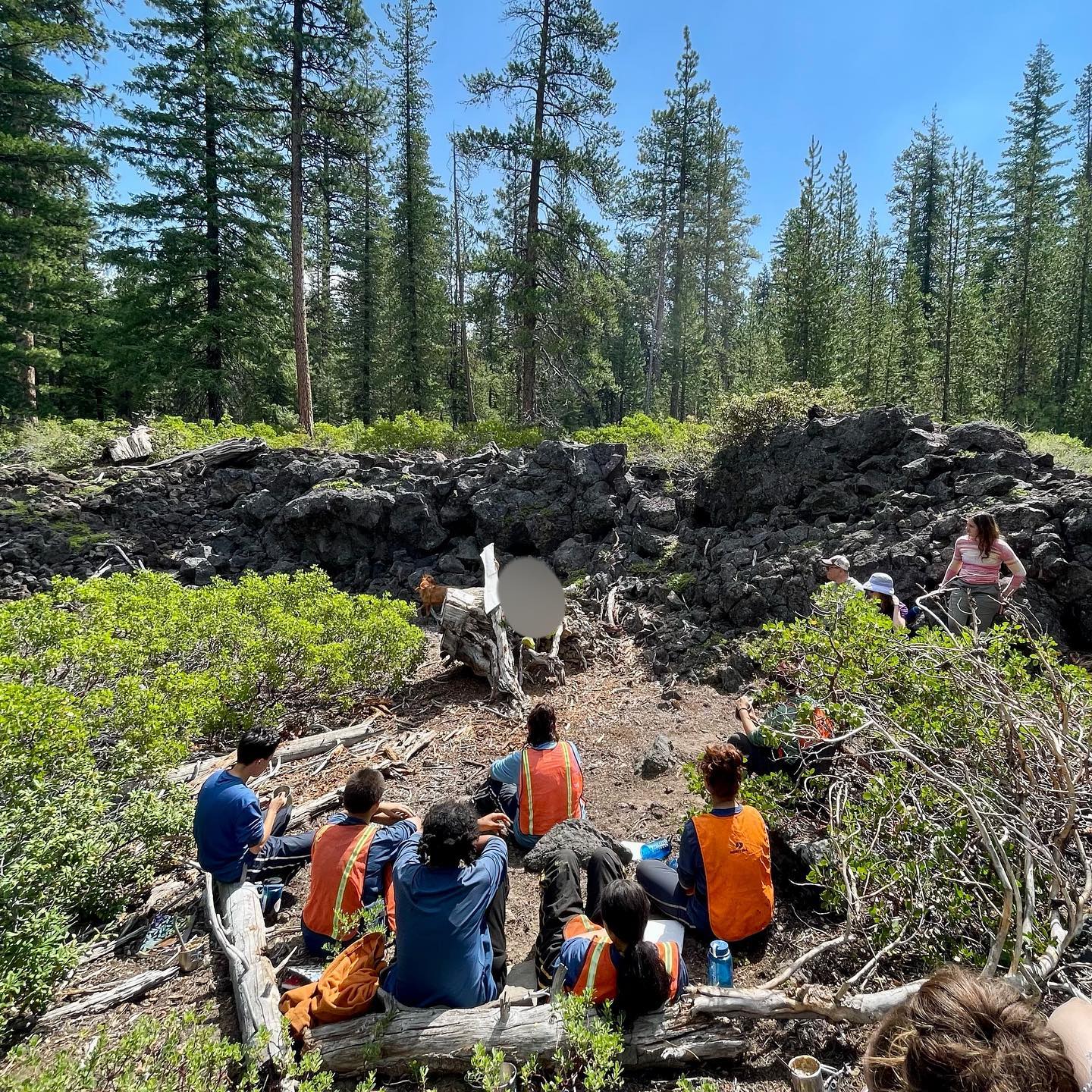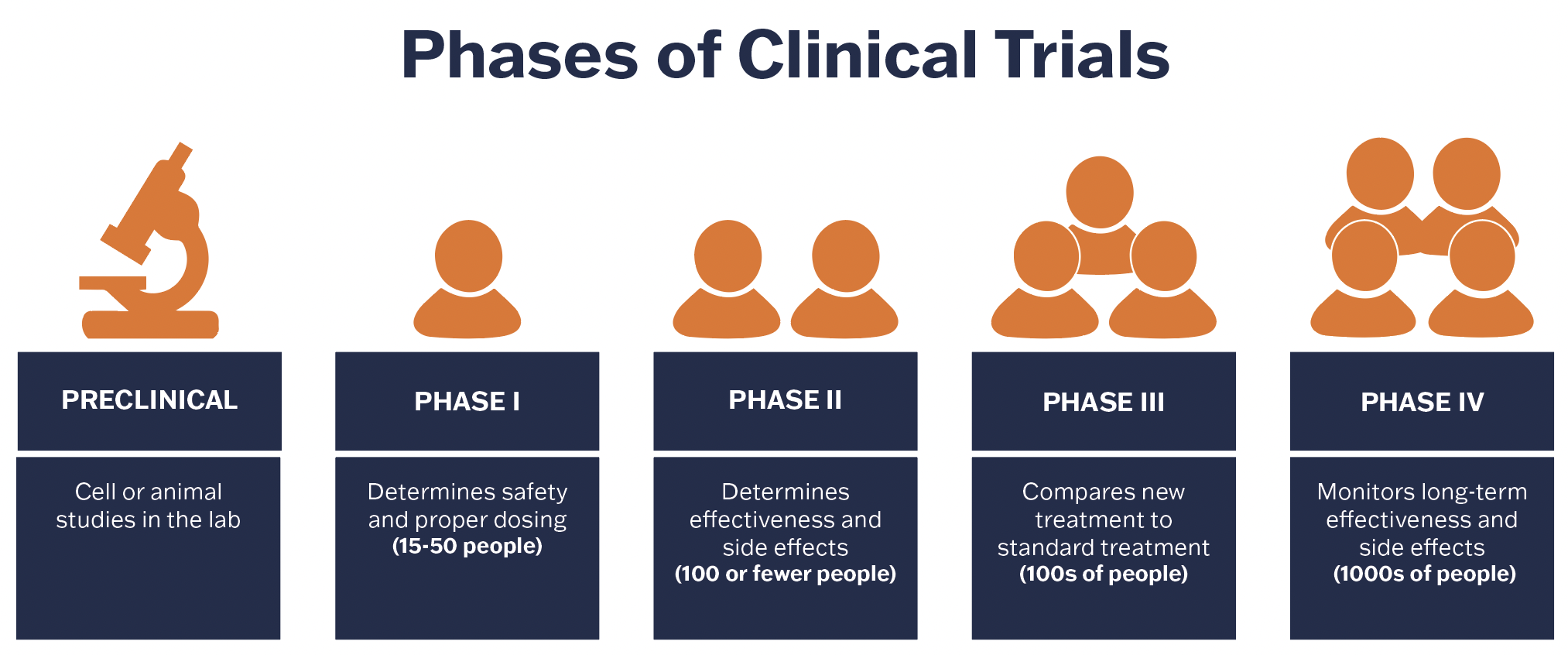
Echoes of the Unmarked Graves: Disease, Death, and the Enduring Legends of America’s Overland Trails
The American narrative is often painted with broad, heroic strokes: tales of rugged individualism, boundless opportunity, and the indomitable spirit of pioneers pushing westward into an untamed frontier. These legends, etched into the national consciousness, speak of courage, resilience, and the triumph of human will against the vastness of a continent. Yet, beneath the romantic veneer of Manifest Destiny and the allure of golden opportunity lies a more somber, visceral truth – a brutal saga of disease, death, and relentless hardship that shaped not only the landscape but also the very soul of a burgeoning nation. The true legends of America’s overland trails are not merely of those who reached their destination, but of the tens of thousands who perished along the way, their unmarked graves forming a silent, sprawling testament to the immense cost of empire.
From the early 19th century through the 1860s, a quarter of a million to half a million Americans embarked on epic journeys along the Oregon, California, Mormon, and Santa Fe Trails. Lured by the promise of fertile lands, mineral wealth, religious freedom, or simply a fresh start, they packed their worldly possessions into canvas-covered wagons, yoked oxen, and set their sights on distant horizons. They envisioned a new Eden, a land of milk and honey awaiting their arrival. What many encountered, however, was a relentless gauntlet of unforeseen dangers, with disease emerging as the most prolific and indiscriminate killer.
The Invisible Enemy: Pathogens on the Pith

The trails themselves became vast vectors for contagion. Thousands of people, animals, and their waste products moved slowly across the land, often camping near contaminated water sources or in close proximity to one another. Medical knowledge was rudimentary, sanitation virtually non-existent, and understanding of germ theory decades away. In such conditions, diseases that would be manageable today became rampant, claiming lives with terrifying efficiency.
Cholera, dubbed the "scourge of the trails," was perhaps the most feared killer. An acute diarrheal infection, it struck swiftly and brutally, often leading to death within hours or days from extreme dehydration. First appearing on the trails in 1849, it decimated wagon trains, leaving a trail of hastily dug graves. Emigrants, weakened by poor diet and the incessant physical strain of the journey, were particularly susceptible. Diaries and letters from the period are rife with chilling accounts. One emigrant, K.E. Brown, recounted in 1850: "Cholera broke out and 15 or 20 died and were buried." Another, John Wood, simply stated, "Buried two children with the Cholera." The sheer speed of the disease meant that victims often had little time for farewells, and survivors were left to grapple with the emotional trauma of burying loved ones and immediately moving on, driven by the relentless demands of the journey.
Dysentery, typhoid fever, smallpox, measles, and influenza also stalked the wagon trains. Smallpox, in particular, had a devastating impact not only on the emigrants but, more catastrophically, on the Indigenous populations they encountered. Having little to no natural immunity, Native American tribes suffered horrific epidemics introduced by infected travelers, further weakening their societies and making them more vulnerable to displacement and conflict. For many Native American communities, the arrival of the overland trails marked not the beginning of opportunity, but the onset of an existential crisis, a wave of death and cultural annihilation.
It’s estimated that roughly one in ten emigrants who set out on the Oregon and California Trails succumbed to disease or accident. With over 400,000 people traversing these routes, this translates to somewhere between 20,000 and 40,000 deaths. This staggering mortality rate means that, on average, a grave was dug every 80 yards along the Oregon Trail. These weren’t isolated incidents; they were a constant, pervasive presence, shaping the daily reality of the journey.
Beyond Disease: The Landscape as Adversary
While disease was the primary killer, the overland trails presented a myriad of other dangers that contributed to the grim tally of death. The very act of traveling in a wagon train was fraught with peril. Accidents were commonplace: runaway teams, overturned wagons, accidental firearm discharges, and falls from horses or moving vehicles claimed countless lives. Children, especially vulnerable, often fell under wagon wheels or drowned in rivers.
River crossings, particularly the Platte, Snake, and Columbia Rivers, were notoriously dangerous. Swollen by spring melts or sudden rains, these waterways could transform into raging torrents. Many emigrants, lacking experience, underestimated the power of the currents. Wagons would capsize, sweeping away supplies, animals, and entire families. The Donner Party, a tragic anomaly rather than a typical example, serves as a stark reminder of the absolute desperation that could ensue when a party became stranded, illustrating the thin line between survival and unimaginable horror in the face of starvation and exposure. Though their story is often sensationalized for its acts of cannibalism, it underscores the brutal stakes of the journey.
Exposure to the elements was another constant threat. Blistering summer heat, sudden blizzards in the mountains, relentless winds, and the ever-present scarcity of water and food pushed human endurance to its limits. Exhaustion was a chronic condition, weakening the body’s defenses and dulling the mind, leading to mistakes that could prove fatal. The vast, unforgiving landscapes of the American West demanded not just courage, but an almost superhuman capacity for suffering.

The Unmarked Graves and the Psychological Toll
The landscape itself became a vast, sprawling cemetery. Burials were often hasty, shallow affairs, marked by simple wooden crosses or piles of stones, easily lost to time, weather, and grazing animals. The necessity of moving on meant there was little time for elaborate mourning rituals. Grief was a luxury few could afford. Families often had to bury their dead and immediately resume their journey, the fresh mound of earth a constant, silent reminder of their loss.
This constant proximity to death had a profound psychological impact on the survivors. Despair, fear, and a hardening of spirit were common. Some accounts speak of emigrants becoming almost desensitized, growing accustomed to the sight of illness and death, their emotional reserves depleted by the unrelenting struggle. Yet, for others, the losses were deeply personal and forever etched into their memories, shaping their lives long after they reached their promised land. These unspoken traumas, carried across the continent, became part of the invisible baggage of settlement, contributing to the stoicism and rugged individualism often associated with the pioneer spirit.
A Broader Lens: Indigenous Peoples and the Cost of Progress
The narrative of disease and death on the overland trails is incomplete without acknowledging its devastating impact on America’s Indigenous peoples. For centuries, these lands had been their homes, their hunting grounds, their spiritual centers. The arrival of hundreds of thousands of emigrants, with their diseases, their livestock, and their insatiable demand for land and resources, represented an invasion of catastrophic proportions.
Diseases like smallpox, measles, and cholera, to which Native Americans had no immunity, swept through their communities with horrifying mortality rates, often preceding direct contact with settlers. Entire villages were wiped out, disrupting social structures, spiritual practices, and traditional ways of life. "The white man brought us disease, not progress," recounted many Indigenous elders through generations. Beyond disease, the ecological impact of millions of hooves and wheels, the depletion of buffalo herds, and the seizure of ancestral lands led to starvation, forced displacement, and violent conflict. For Indigenous peoples, the overland trails were not paths to new beginnings, but conduits of destruction, their legends forever scarred by the profound losses inflicted by westward expansion.
The Evolution of Legend: From Hardship to Heroism
Over time, the raw, brutal reality of the trails was often distilled into a more palatable legend. The sheer scale of suffering, the thousands of nameless graves, and the immense human cost were often glossed over in favor of a narrative that emphasized courage, perseverance, and the ultimate triumph of the American spirit. The "pioneer spirit" became a testament to resilience, often downplaying the desperation, the fear, and the sheer number of lives sacrificed.
Popular culture, literature, and even historical accounts frequently focused on the successful arrivals, the heroes who tamed the wilderness, and the building of new communities. The quiet suffering, the agonizing deaths from dysentery, the children lost to a sudden river current – these faded into the background, becoming the unspoken, almost inconvenient truths of a national myth.
Yet, the echoes of those unmarked graves persist. They remind us that the legends of America are complex, layered with both glory and grief. The true heroes of the overland trails are not just those who survived, but also those who perished, their sacrifice an integral, if often unacknowledged, part of the nation’s foundation. Their stories, pieced together from faded diaries, archaeological discoveries, and the enduring oral traditions of Indigenous peoples, offer a more complete, nuanced, and ultimately more profound understanding of America’s past.
In revisiting these legends, we are called to remember the full spectrum of human experience on the trails: the hope and despair, the courage and vulnerability, the life and the pervasive shadow of death. The unmarked graves, scattered across the vast American landscape, are not just memorials to individual lives lost; they are collective monuments to the immense human cost of building a nation, reminding us that true legends encompass both the triumphs and the tragedies that forged America.


